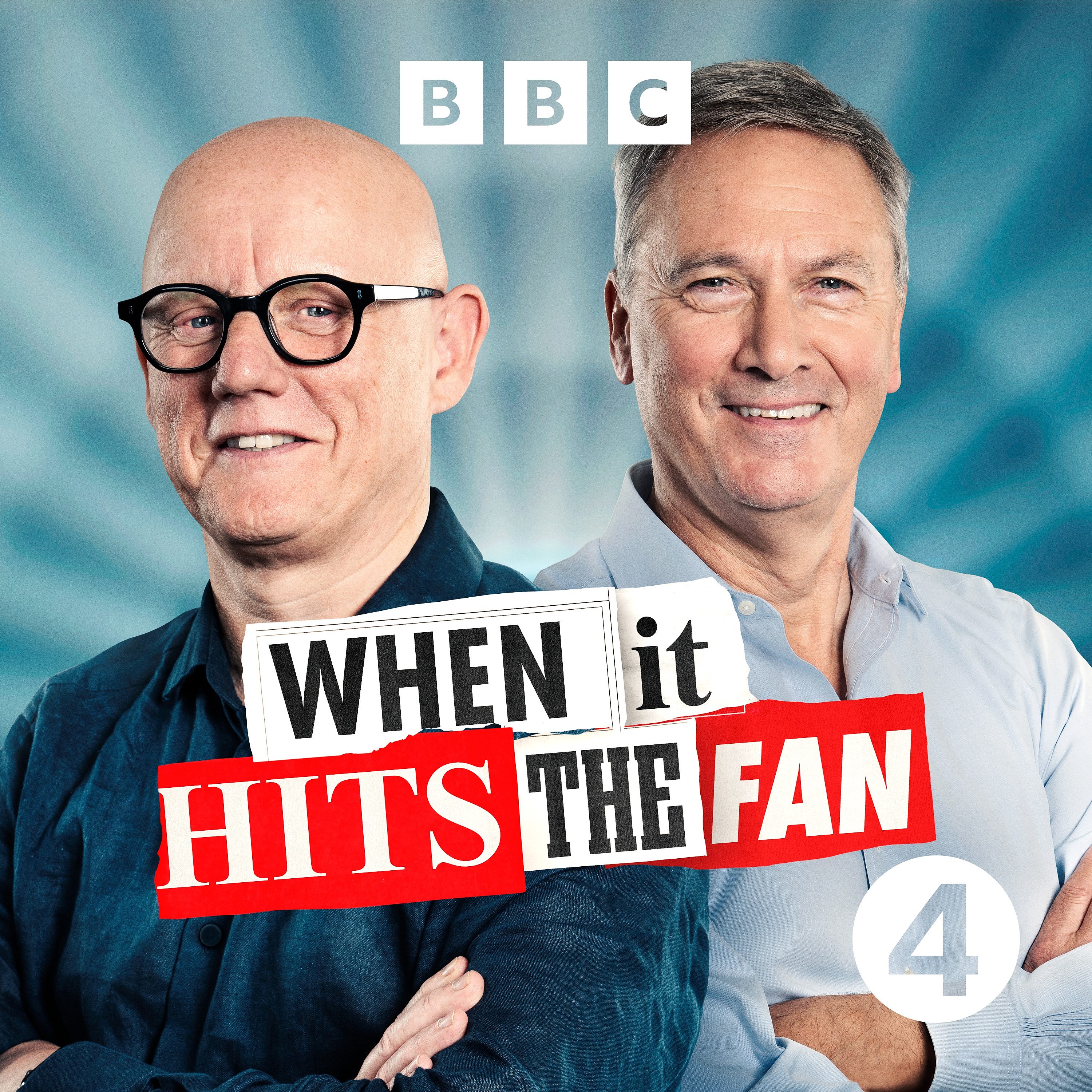
Bite Size Comms
Bite Size Comms is a weekly podcast that will give you a perspective on an aspect of public relations and communications practice. Bite size as they are short opinion pieces on topical issues. The episodes are sometimes contentious, sometimes funny, and they all aim to provoke thought.
Thanks for listening.
Bite Size Comms
The language of symbols
Emoji are special graphical symbols used to represent faces😀, emotions❤️, objects👙, animals🐶, food🍔 and other things in textual messages on your phone, within an email or other message or on a website.
We explore the evolving use of emoji, with some tips on when to use and when not!
The language of symbols.
For those who are living in a different time warp, emoji are special graphical symbols used to represent faces😀, emotions❤️, objects👙, animals🐶, food🍔 and other things in textual messages on your phone, within an email or other message or on a website. They are real pictures not pictographs (like :) which are emoticons and were replaced by emoji).
They are a popular way of expressing feelings, especially with Gen Z and Millennials. There is even an Ultimate Emoji Guide with 3,650 emoji, each having an explanation of what it means. The word emoji comes from two Japanese characters: ‘picture’ and ‘character’. They spread from Japan to the rest of the world in the early 2000s.
There are cultural and geographical differences in the use of emoji. In a 1.2 billion sample, the University of Michigan found that the face with tears of joy😂 emoji was the most popular across the world, ❤️ was second and heart eyes😍 third. The French love heart❤️ emoji. The Australians like happy😁 emoji, while Latin American countries prefer unhappy🙁 emoji.
Apple is about to launch an updated mobile operating system. What is first mentioned in the marketing? New emoji!
As an ‘old school’ dinosaur, I rarely use emoji. My apprentices keep me up to speed, though. Did you know that the thumbs up👍 emoji shows your age? Better to use a smiley face😀 emoji. Be very careful using the aubergine 🍆 emoji or the peach🍑 emoji (penis and buttocks, respectively). If you are using a small screen to write, watch out for using the middle finger🖕 emoji instead of a thumbs up👍. One of my apprentices who worked for a local authority was asked on social media at the beginning of the pandemic whether bin collections would continue. He replied in the affirmative. He got a middle finger response back. He asked if she really meant to send that particular emoji. Embarrassed, the resident admitted that she didn't have her glasses on and thought it was the thumbs-up emoji! The satirical BBC programme covered that story in ‘Have I Got News for You. Emoji use is continually evolving, just like language. The skull💀 emoji is preferred over the laughing😄 emoji by Gen Z. It comes from the slang “I’m dead”, meaning you laughed so hard you can’t breathe. The clown🤡 emoji is used to make fun of something or someone. Star✨ emoji are used to emphasise words, especially used in sarcasm. Sports🏸 emoji represents an extreme reaction.
Emoji have become more inclusive with five skin tones, the use of cultural and religious symbols, and emoji that represent the protected characteristics in discrimination legislation.
Messaging, rather than writing emails, is more popular with younger people. Just don’t use full stops. That is shouting (what we dinosaurs thought was writing in capital letters). Check out the writing of Sam Altman, CEO of Open AI. No caps.
There is a time and a place for all forms of communication. In personal texts, emoji are great. On social media, it depends on the seriousness of the content and the platform. There are definitely fewer emojis on LinkedIn than X, although they make an appearance on engagement tools. Be careful using emoji with line managers or senior management at work, and clients and customers. If the customer uses an emoji first, you can reply using a polite emoji. It’s dangerous to use emoji with bosses! And don’t use the old-style emoticons :). It just shows your age!





